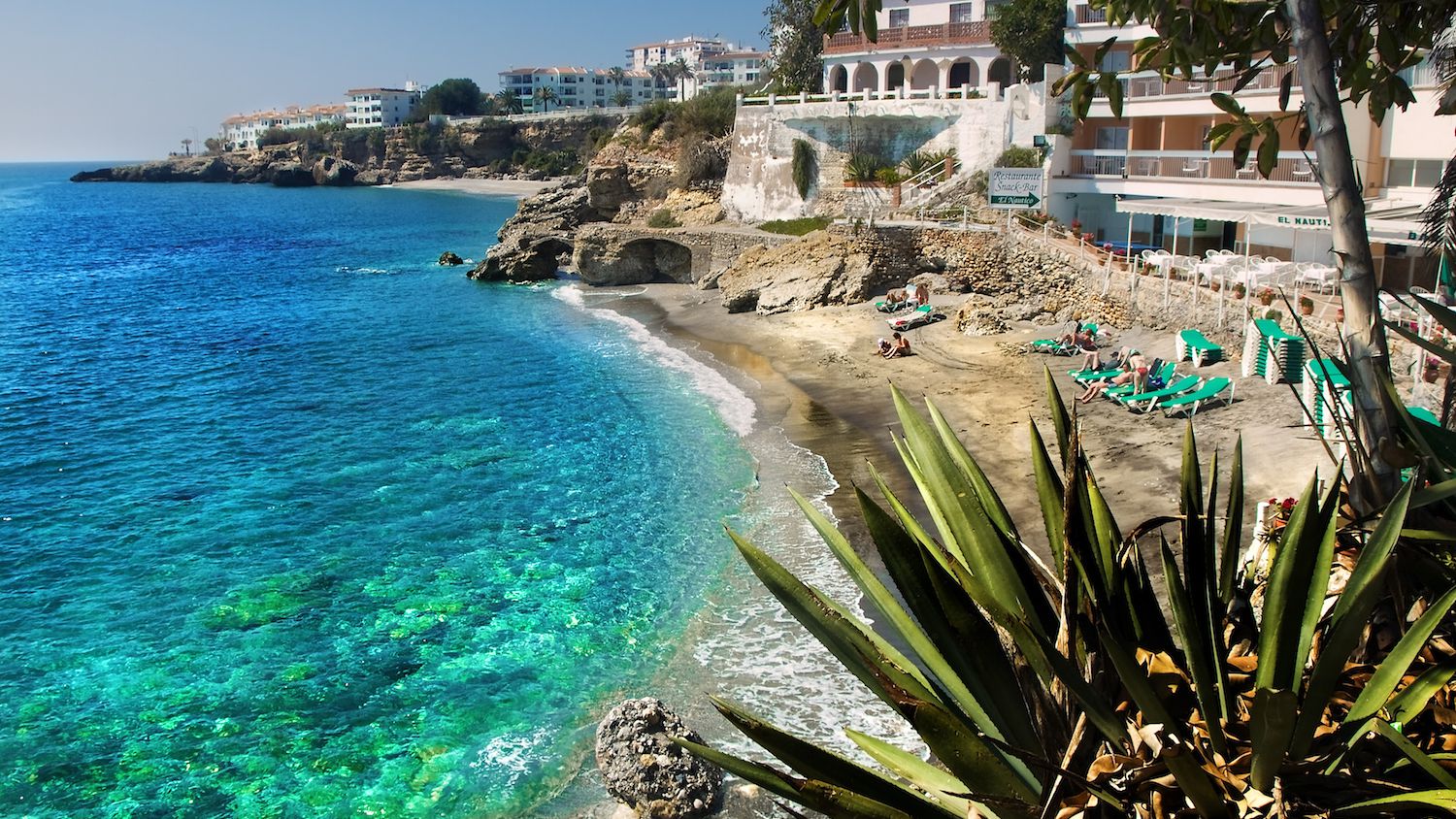
Malaga
Since Spain is so large, it is host to several different types of ecosystems, but according the the official tourism website: “Spain is a sunny country with around 3,000 hours of sunshine every year. The temperatures are mild, but there are still differences depending on the seasons and areas of the country.”
From March to June, you’ll find Spain’s most temperate weather. For example, in those months, Madrid’s average temperatures start out at 51 degrees in March and then go all the way up to 72 degrees in June. You should keep in mind that April and May are the rainiest months of the year.
The warmest time of the year takes place from July to September, with temperatures reaching 78 degrees F in July. This is also the least rainy time of the year, so visiting in the summer is truly one of the best times to visit.
In the months of September to December, you’ll find cooler temperatures ranging from 69 degrees down to 42 degrees. The coldest time of the year is in January, when temperatures drop to an average of 41 degrees.

Barcelona
If you want to visit Spain when it is the least busy, then you should know that the busiest time of year is the summer, which might not be a surprise. This means that hotels, flights, and even attractions might be more expensive during this time, so it’s good to book things early to get the best rate and also to ensure you don’t miss out on space.
Of course, between the months of November and February, Spain’s chilliest months, there are fewer crowds. In fact, some beach towns actually close down completely during this time. You can visit ski resorts during these months instead, however.
The lease expensive time to visit Spain starts in December and continues through March, which of course is also the coldest time of the year. That also means the least amount of crowds, which is always a plus. You can also see the Christmas markets, which are always a delight.










